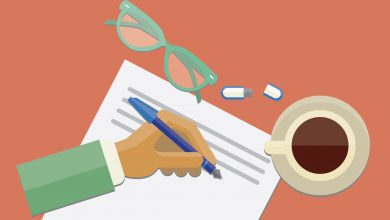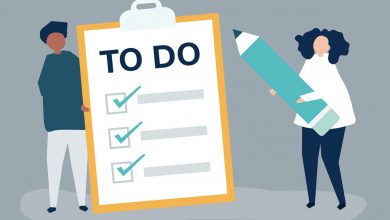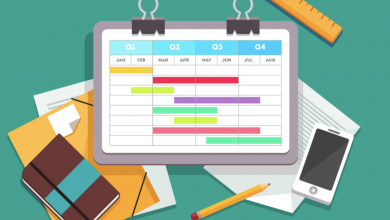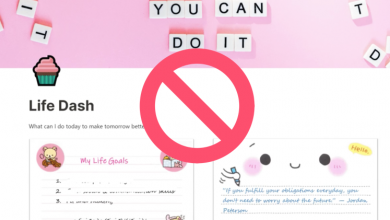How to Take Notes on a Book in Notion (and Why You Should)

When I read a book I like to take notes. I used to scribble in the margin, then I took to finishing a chapter and typing out my notes, following a particular structure, to consolidate what I had learned. What I soon found though is I had a mass of documents floating around, stored in a folder, with no real way to tie them back to the book, other related books or even research I’d carried out that I want to reference. That’s when I created the Notion reading list template we offer through the Notion Wizard Store (it’s on sale $5, but can be yours for free with a Template Club Premium subscription — as well as a whole lot more, like a new template every day).
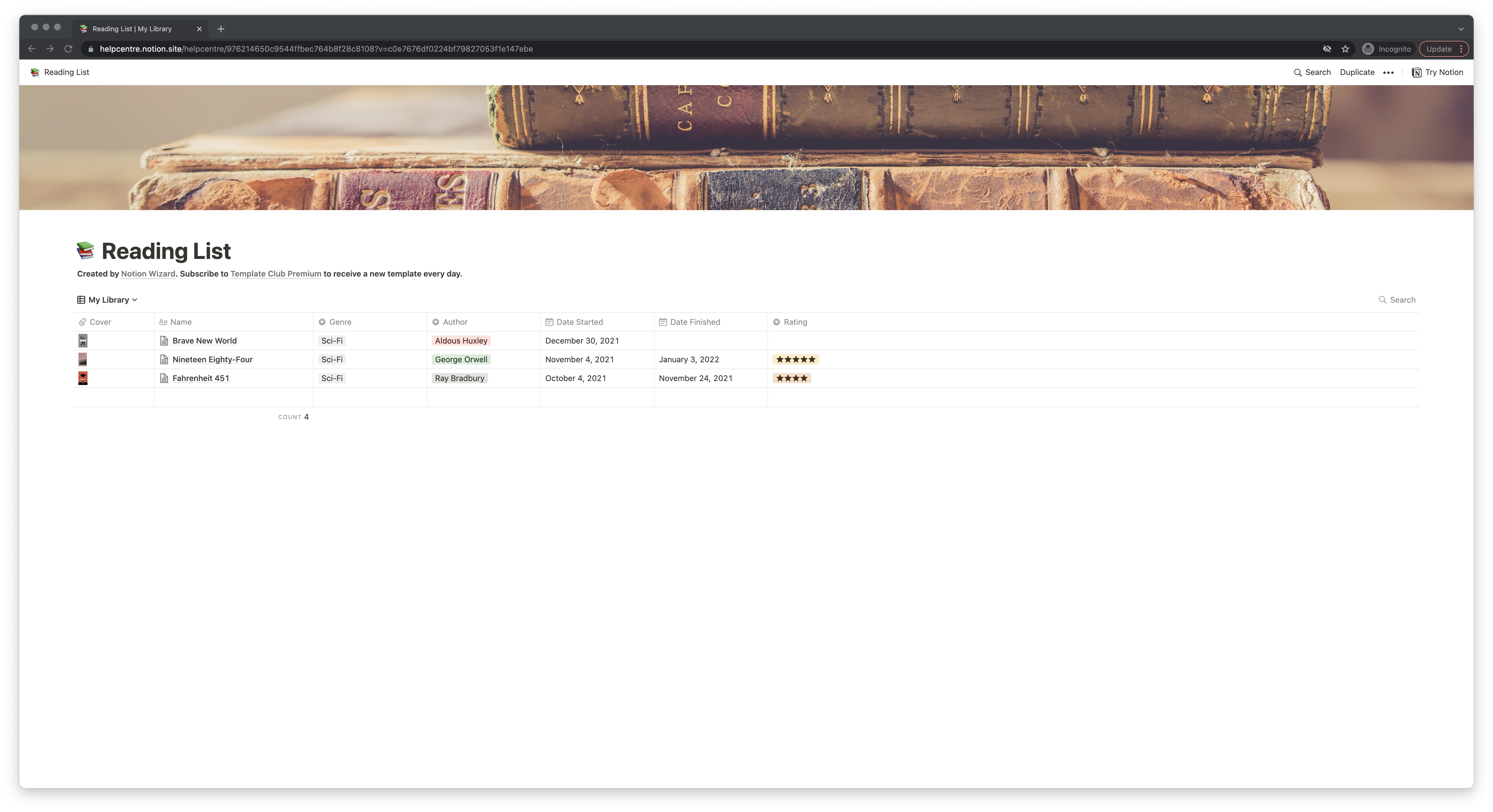
What I did was created what I like to call a Virtual Library. Here, I list all of the books I’m reading or have read, categorized by genre with filters by author. I also assign each a rating out of five and note down the date I started reading each title and the date I finished it. That’s all so that I can filter by all the Personal Development books I’ve read, for example, or even view all of the titles I read in 2021. What’s more interesting though is the deep-dive I have for each book I’ve read, which I can access by simply clicking on the title in the database — no more having to track down documents in a folder; all the notes are together and can be accessed in a couple of seconds.
It’s here that I take my structured notes. I start with my chapter notes, which I fill in after I finish each one. These usually take around ten minutes. I’ll note what I learned, any burning questions I have and a one-sentence summary of what that chapter was about. I often find myself linking to other documents in my Notion Workspace, like other books I’ve read or research I’ve done into a particular topic. Once I finish the entire book, I write a one-paragraph summary, in my own words, which I can refer to if I need a refresher in the future, list the top three quotes I found, and bullet-list the main takeaways — usually processes I want to implement or experiment with.
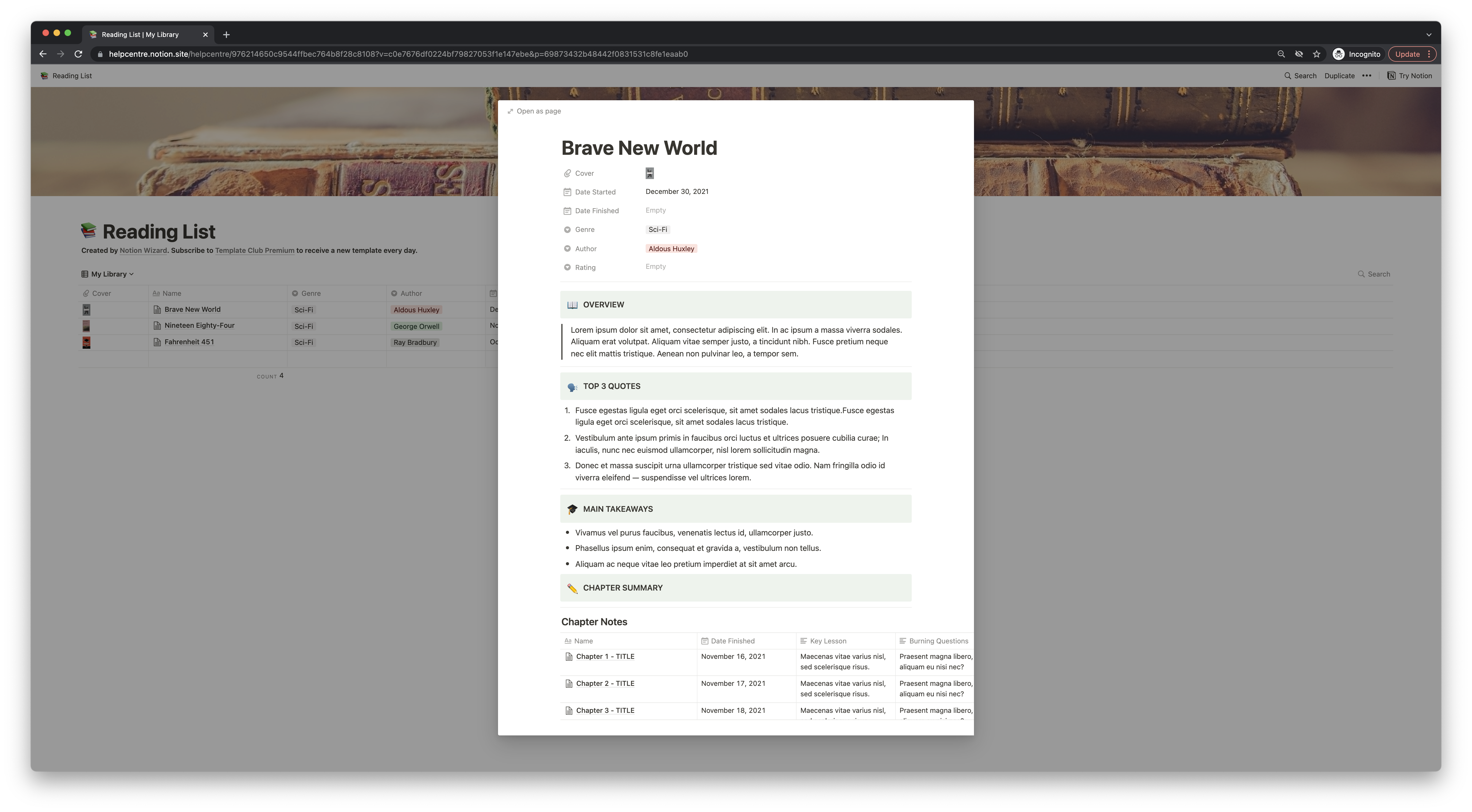
Best of fall, it isn’t as much work as it sounds. Because everything is templatized, and Notion syncs across devices, I can work on a recap on the train on the way home from work, in a coffee shop while I’m waiting to meet a client or at my desk. I kept the structure regimented so I can print notes off too, as I often exchange these with friends and colleagues who express an interest in a book I’ve read. Of course, the main benefit here is that unlike taking notes in a margin, storing them in Notion takes up a whole lot less space. In fact, because the Notion pricing structure offers accounts for free to all customers, you can store your book notes in it too without paying a dime.






